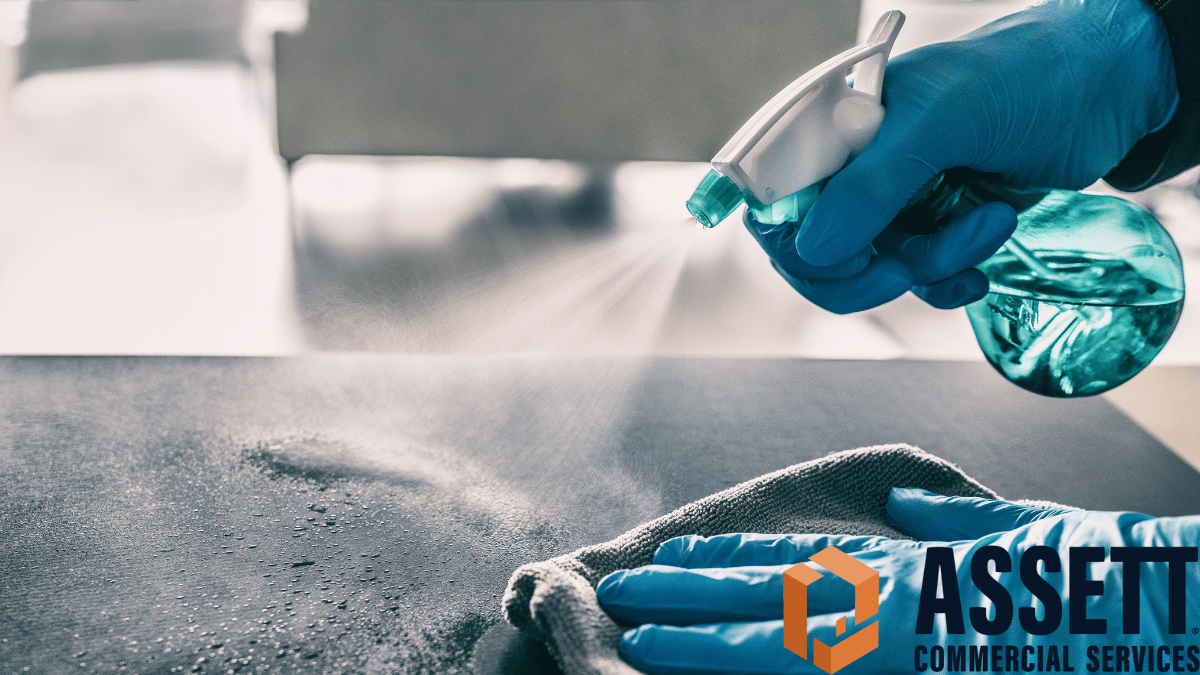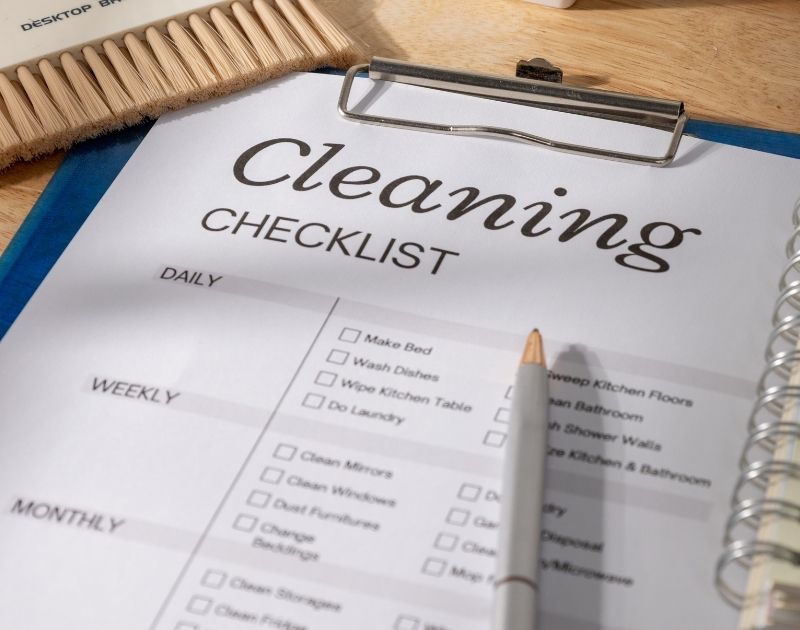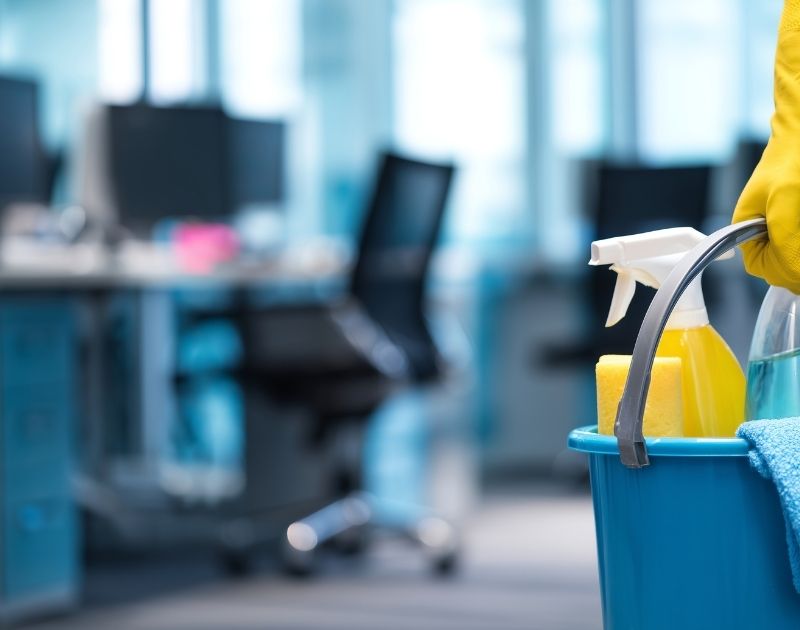Are you tired of constantly battling germs in your home or workplace? The first step to effectively fighting germs is understanding the difference between sanitizing and disinfecting. While many people use these terms interchangeably, they have different meanings and uses. This article explores the critical differences between sanitizing and disinfecting. It will help you decide which method is best for your needs. And if you need a reliable commercial cleaning service to assist you in the fight against germs, be sure to contact your local Assett Commercial Services.
What is the Difference Between Sanitizing and Disinfecting?
Have you ever wondered what the difference is between sanitizing and disinfecting? Well, let’s review!
Sanitizing and disinfecting are two important cleaning methods, but they are different.
Sanitizing refers to reducing the number of germs on a surface to a safe level. At the same time, disinfecting means killing all germs on a surface. So, if you want to make sure that your surfaces are entirely germ-free, you should go for disinfecting. But if you’re looking to reduce the number of germs on a surface, sanitizing is the way to go. Knowing the difference between these two methods can help you make informed decisions about keeping your home or workplace clean and healthy.
Sanitizing
Sanitizing is a process that uses chemicals or heat to kill germs on a surface. Sanitizing does not kill all germs, but it does reduce the number of germs to a safe level. This is important because germs can cause illness.
There are several different ways to sanitize a surface. Some standard methods of sanitizing include:
- Using a disinfectant
- Using hot water and soap
- Using a steam cleaner
- Using ultraviolet light
Disinfecting
Disinfecting is a process that uses chemicals to kill all germs on a surface. Disinfecting is a more effective cleaning method than sanitizing, but is also more dangerous.
Disinfectants can harm people and pets if they are not used properly.
There are some different types of disinfectants available. Some common types of disinfectants include:
- Bleach
- Isopropyl alcohol
- Chlorine
- Quats
When to Sanitize and When to Disinfect
Whether to sanitize or disinfect a surface depends on several factors, including the type of surface, the level of contamination, and the risk of infection.
You should generally sanitize frequently touched surfaces, such as doorknobs, light switches, and countertops. You should disinfect surfaces that are likely to be contaminated with germs, such as toilets, sinks, and floors.
Looking for a Commercial Cleaning Company? Contact Assett Commercial Services Today
While sanitizing and disinfecting are both effective methods of killing germs, they differ in their effectiveness and the types of pathogens they can eliminate. It’s essential to consider the specific needs of your space and the type of germs you are trying to combat when choosing between these two methods. Whichever method you choose, use a trusted and reliable commercial cleaning company like Assett Commercial Services to ensure the job is done correctly.
Assett Commercial Services is a commercial cleaning company that offers a wide range of cleaning services, including sanitizing and disinfecting. We use state-of-the-art equipment and techniques to ensure your commercial property is clean and sanitary.
Contact us today to schedule a free consultation or to learn more about our commercial cleaning services.




